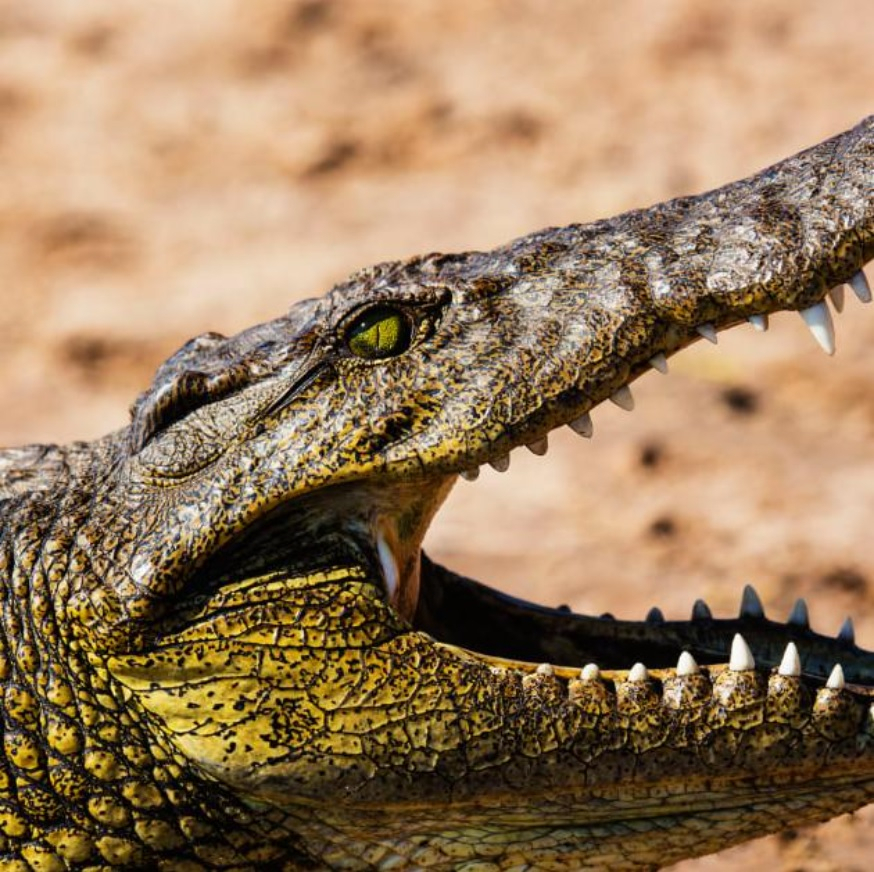Crocs pursuing prey on land is difficult to imagine, isn’t it? However, there used to be swift, dreadful crocodile cousins in the Caribbean. These predators possessed powerful teeth designed to rip meat, and they survived a long time after dinosaurs.
Mammals dominated the planet after the extinction of the dinosaurs. However, sebecids, ferocious crocs, struggled for supremacy in South America. They may have lived longer than previously believed, hidden in the Caribbean, according to new fossils. These crocs had deep jaws and erect limbs, making them formidable hunters. Their teeth had saw-like edges and were sharp.
They lived until about 5–7 million years ago, according to fossils found in the Dominican Republic. The latest known sebecid fossils, which date to between 10.5 and 12.5 million years ago, were found in Colombia. The new finding reduces the distance by millions of years.
Two spine bones and one tooth were among the fossils discovered in 2023. The teeth resemble those of sebecids from South America. The animal’s identity was verified by the bones. With a length of only two meters, this sebecid was smaller than others. At one point, the largest of its sort was six meters.
Lead author Lazaro Vinola Lopez, a palaeontology student at the University of Florida, said, “These crocs looked like they belonged to dinosaur times.” He added they ruled alongside terror birds and saber-toothed marsupials.
Sebecids ran and walked quickly on land. They were powerful, possessed deep skulls for hunting, and lengthy legs. These crocs lived and hunted on dry land, in contrast to modern crocs that swim and lurk in rivers. They were made for speed and meat consumption, as seen by their teeth and bones.
With bony plates known as scutes beneath their skin, they also wore natural armor. They were therefore proficient hunters who were also lethal.
Jonathan Bloch, co-author and expert at the Florida Museum of Natural History, said it was incredible to imagine such predators roaming the Caribbean. They likely fed on sloths, rodents and whatever prey they found.
Old fossil teeth from Cuba and Puerto Rico show this croc group lived across the West Indies. The oldest of them go back nearly 29 million years.
Scientists now wonder how these land crocs reached the islands. They believe that long ago, a trail of islands or land bridges connected South America to the Caribbean. That journey may have started about 32 to 35 million years ago.
At that time, the sea was narrower and travel easier. These land links let animals like sebecids move island to island.
“This shows how islands protect ancient life,” said Vinola Lopez. “They preserve the last members of species now gone elsewhere.”



